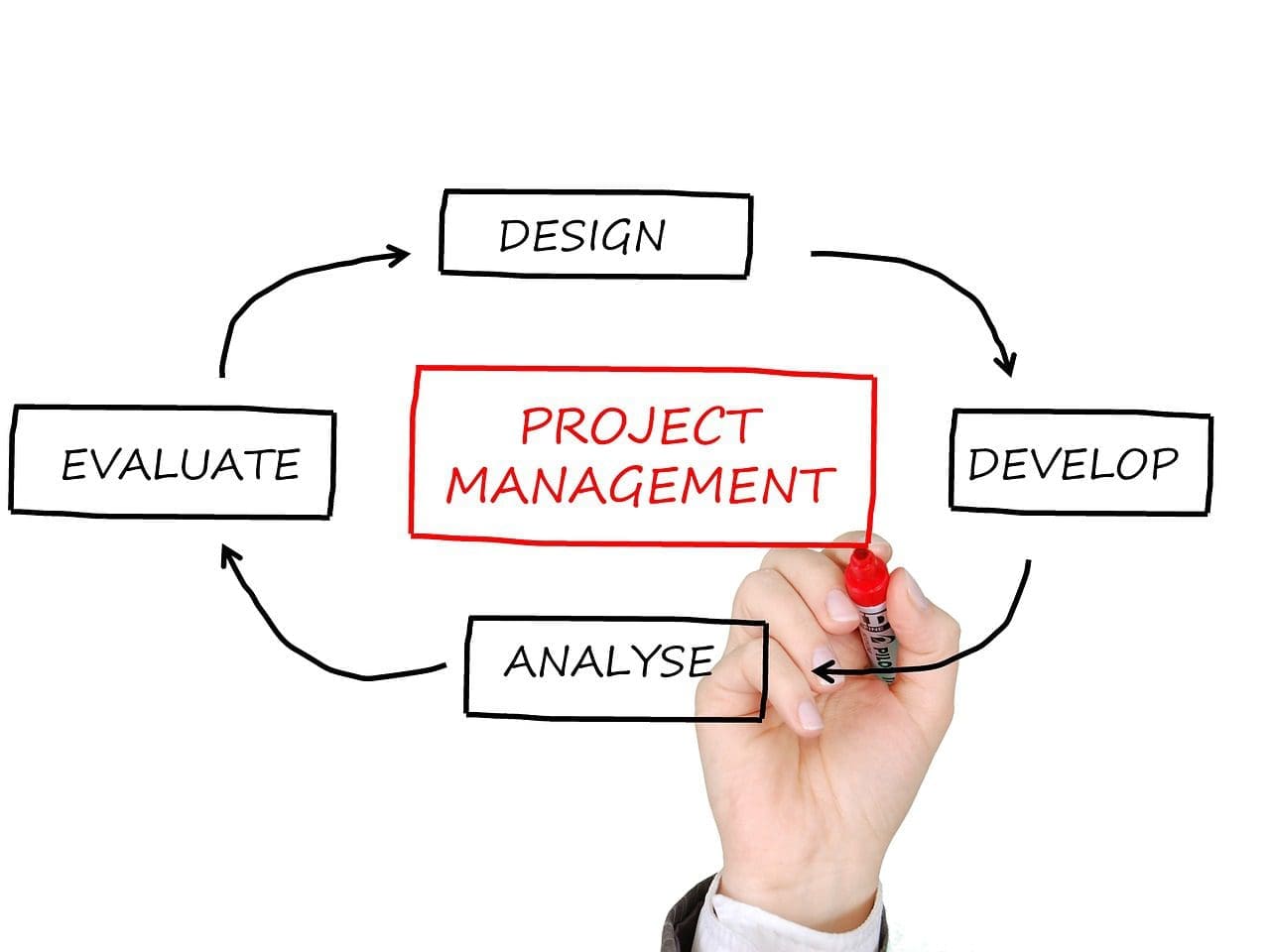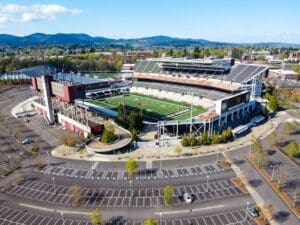Project management has forever been one of the most important processes for any company to onboard clients and get work done. Earlier, PM used to come with simple principles that could be directly applied to the implementation of a project. Today, however, PM requires the principles to be more detail-oriented, which comes with plenty of methodologies and guidelines. There are a vast number of techniques, methods, and tools that give shape to a project. PRINCE2® is a technique, endorsed even by the UK Government to make project management an easier process and governs the entire landscape of the same.
The essentials of PRINCE2® lies in its themes and implementation of the same to smoothly help a manager complete a project. By categorically following the methods of PRINCE2®, project management updates the entire team regarding the status of processes. This, in turn, helps higher-ups gauge a fair idea of how a project is running and then allocate necessary resources.
What does PRINCE2® comprise of?
PRINCE2® generally states that there are themes that encompass parts of a project, and they need to be addressed continually throughout the lifecycle of a project. Themes are also knowledge areas where each one provides some information or knowledge on a certain aspect of the project management cycle. The main question that PRINCE2® answers are, “what are the activities done at the beginning of a project to set it up and define it and also monitor as well as maintain the same project throughout the lifecycle?”
There are seven themes that play an important role in helping managers get through the lifecycle. Apart from these themes, there are also roles and principles which have an important role. Before going into the themes in detail, it is important to understand why PRINCE2® has themes.

Why does PRINCE2® have themes?
PRINCE2® foundation course generally provides users with a governance framework that is clearly defined. The strategies and goals are present for all to see and determine how the project is managed from an overall perspective. Also, due to its generic nature, PRINCE2® methods can also be applied to different parts of a project.
The seven roles generally layout the framework regarding which person does what work and their responsibilities in the PRINCE2® role. The principles talk about the processes employed and setting up a functional approach to each of them.
Apart from them, PRINCE2® foundation certification training also has seven themes that can be incorporated. These can also be thought of generally as seven areas of knowledge, distinct from one another. They are generally set up at the beginning of a project and monitored to ensure the deliverables are kept in check. Here’s what they consist of:
-
Business Case:
The Business Case pertains to the principles for business justification throughout the life span of a project. It addresses the main question of whether a project can be viewed as viable and whether the same can be achieved.
-
Organization:
This is a theme related to the principles that state the responsibilities and roles to be defined. All roles are to be put on record with the individual, as well as the collective responsibilities continually noted.
-
Quality:
Quality talks about the principle whose focus must be on the products as well as the quality. It is a crucial concept as the quality is generally subjective. This theme helps to demarcate roles and ensure they are followed clearly.
-
Plans:
Plans are used to describe how an individual or team’s targets will be met. They focus on timescales, quality, costs, products as well as user benefits.
-
Risks:
The process of identifying, controlling, and assessing risks happen throughout the project lifetime. There are two types of risks, mainly “threats,” which are negative and “opportunities” for positive risks.
-
Change:
There is always a need for change in most projects. It determines how change requests are handled throughout the project. It doesn’t mean that these requests can be dismissed but gives an indicator of whether they are agreed on before execution.
-
Progress:
Progress is all about measuring the progress and monitoring the same throughout. By setting milestones during a project, managers can check as well as control certain aspects of the plan from an overall perspective. If kept unchecked, projects can get derailed and cause loss of time and effort.
Thus, the themes of PRINCE2® foundation course must be asserted throughout the lifetime of a project. Once they are kept in check, projects tend to flow smoothly, ensuring everybody is on the same page, and deliverables are met.





